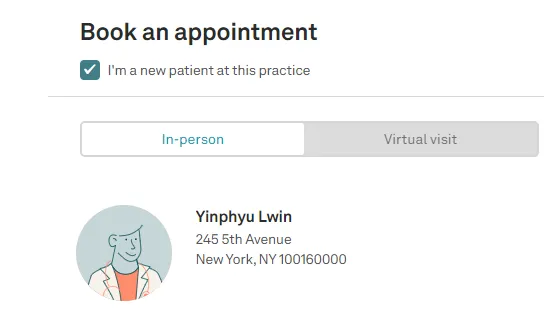Stay Up To Date with the Fight against Opioid addiction

Understanding the Adoption of Buprenorphine for Opioid Addiction Treatment: A Qualitative Study
Understanding the Adoption of Buprenorphine for Opioid Addiction Treatment: A Qualitative Study

Introduction The opioid crisis has necessitated the adoption of effective treatment methods. Buprenorphine, a partial opioid agonist, has emerged as a critical tool in treating opioid addiction. This blog post delves into the comprehensive study by Green et al. (2022), which examines the factors influencing the adoption of buprenorphine in two not-for-profit integrated health plans.
Study Overview The study utilized a qualitative research design to understand how buprenorphine treatment was adopted and implemented. Researchers conducted 101 semi-structured interviews with clinicians and clinician-administrators from both primary and specialty care settings. These interviews were transcribed, coded, and analyzed to identify key themes and factors affecting adoption.
Key Findings
Leadership and Championing
Critical Role of Leadership: A strong leader advocating for the treatment was essential for its adoption. This champion helped to navigate the initial resistance and skepticism towards buprenorphine.
Influence of Experience: Over time, clinicians' direct experiences with buprenorphine, along with feedback from patients and colleagues, became more influential than the initial champion.
Implementation and Protocol Development
Protocol Evolution: Initially focused on detoxification, the protocols evolved to support long-term maintenance treatment as clinicians gained more experience with the medication.
Management of Unsuccessful Patients: Specific protocols were developed to manage patients who did not respond well to buprenorphine, ensuring continuous support and treatment adjustments.
Diffusion and Scope of Practice
Limited Diffusion Beyond Specialty Care: The treatment did not significantly diffuse outside addiction and mental health settings. Primary care clinicians often cited scope-of-practice issues, leading to referrals to specialty care.
Concerns About Long-Term Use and Safety: As the treatment spread, questions about the long-term use of buprenorphine and its safety profile emerged, necessitating ongoing research and monitoring.
Conclusion The study by Green et al. highlights the complex interplay of factors that influence the adoption of buprenorphine for opioid addiction treatment. Leadership, clinician experience, and evolving protocols play pivotal roles in successful implementation. The limited diffusion into primary care underscores the need for broader integration strategies and support for primary care providers. Understanding these dynamics can inform future efforts to enhance the adoption and effectiveness of buprenorphine treatment.
Implications for Practice For healthcare providers and policymakers, the study underscores the importance of:
Strong Leadership: Identifying and supporting champions who can advocate for new treatments.
Ongoing Training: Providing continuous education and support for clinicians to adapt to new treatment protocols.
Integration Strategies: Developing strategies to integrate buprenorphine treatment into primary care settings, addressing scope-of-practice concerns, and ensuring comprehensive support for patients.
Future Research Further research is needed to:
Evaluate Long-Term Outcomes: Assess the long-term safety and efficacy of buprenorphine treatment.
Expand Integration: Explore ways to better integrate buprenorphine into primary care and other settings.
Patient-Centered Approaches: Investigate patient experiences and outcomes to refine treatment protocols and improve adherence.
By addressing these areas, we can enhance the adoption of buprenorphine and other effective treatments, ultimately improving outcomes for individuals struggling with opioid addiction.
For more details on the study, visit PubMed.

Contact HWOANY at 1-888-995-3405
www.helpwithopioidaddictionnewyork.com.




Schedule Your Appointment Today
You can Schedule your appointment by contacting us today at
1-888-995-3405
Or Visiting our Appointment Scheduling Page via our Website by Clicking Here
You can Schedule a Telehealth Consult or an office visit today!
*Telehealth Visits are solely to get an introduction and a possible treatment plan. No Medications can be pre-scribed without an office visit.
About Us
At "Help With Opioid Addiction New York (HWOANY)" we strive to provide each patient with individualized care and a treatment plan completely tailored and customers to each patient.
We know coming into an "addiction" clinic for some might have a "stigma". But we made sure our location is completely private and discreet so our patients can come get their treatments and medication and have full discretion.
© 2024 All rights reserved. Privacy Policy and Terms and Conditions

